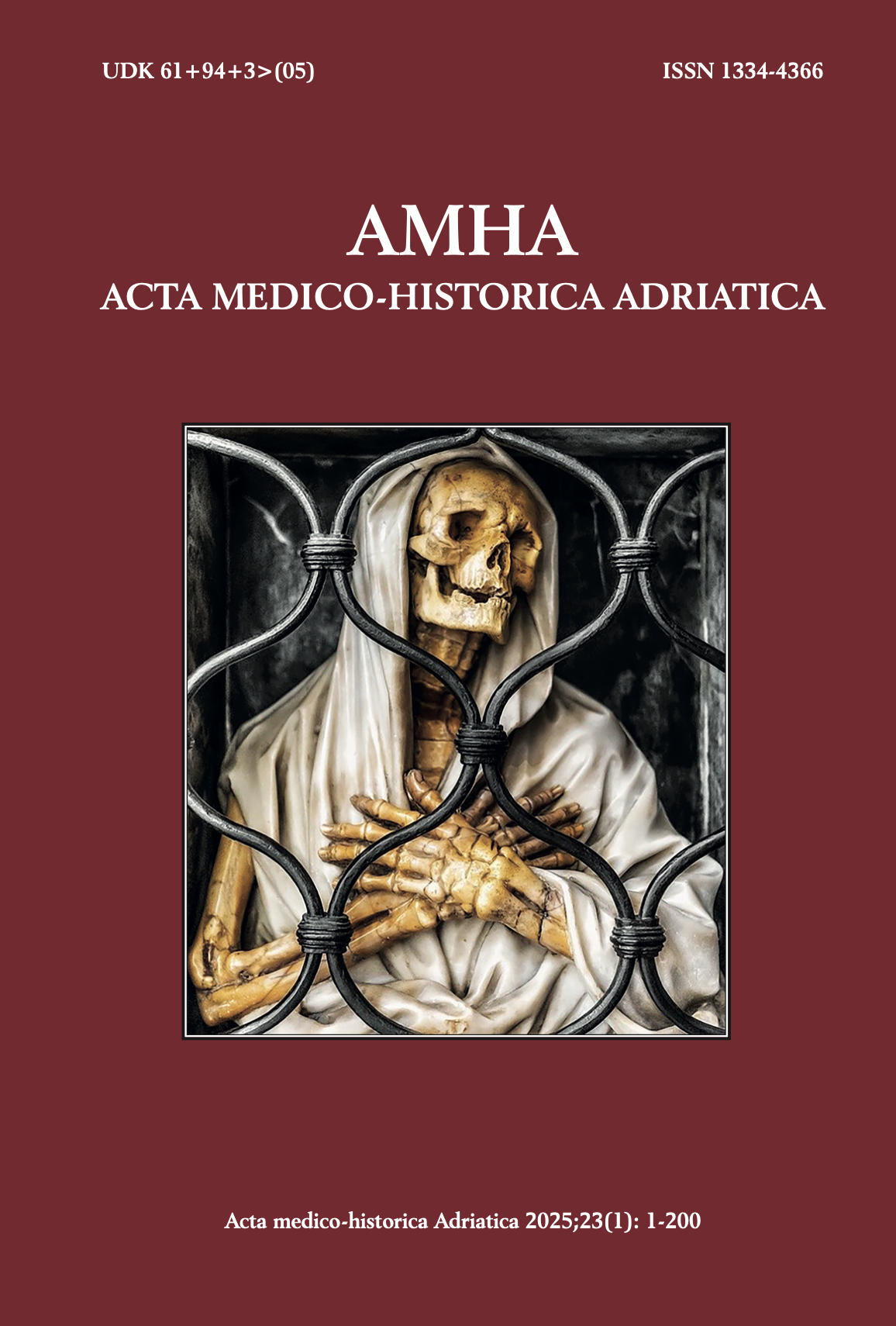PURGATORY, ICONIZATION OF SUFFERING, AND DEVOTIONAL ASPECTS
Keywords:
Purgatory, cult of the dead, cult of souls in Purgatory, Gisleni's tomb, Triumph of Death, transi tomb, double burial, votive shrinesAbstract
https://doi.org/10.31952/amha.23.1.1
Purgatory is a relatively recent theological innovation in the geography of the otherworld. It was associated with a different vision of death centred on the fear of bodily corruption and body-soul dialogue, and a distinctive attitude towards the macabre. Since its affirmation, Purgatory appeared as an in-between, transitory dimension closely connected with the earth, where purging souls were allowed to dialogue with the living, as if they could prolong their earthly life there. Combining pain with the wait for liberation in Heaven, Purgatory was therefore an intermediate place of both suffering and hope for the coveted bliss. The settlement of Purgatory had the effect of reducing the fear of eternal damnation, and therefore, the terror of Hell was replaced by that of one’s own death and the consequent decomposition of one’s body. The cult of Purgatory spread in the 17th century, based on the possibility of relieving the suffering of the dead through the suffrages of the living. This article is about the beliefs, themes, and customs related to Purgatory, focusing above all on the numerous pieces of evidence coming from Naples, where the worship of Purgatory was particularly intense and took on peculiar characteristics. An attempt is made to analyse the most popular aspects of the cult and the testimonies concerning it, which today remain represented by persistent traces of the cult of the skulls, the presence of urban votive shrines, and modern funerary practices based on double burial.


